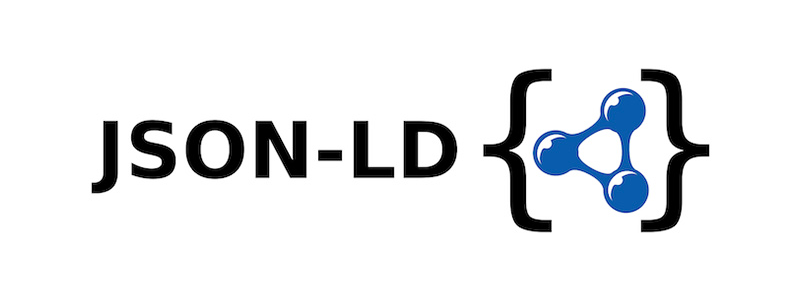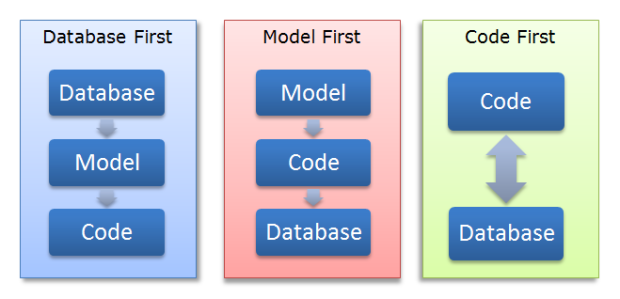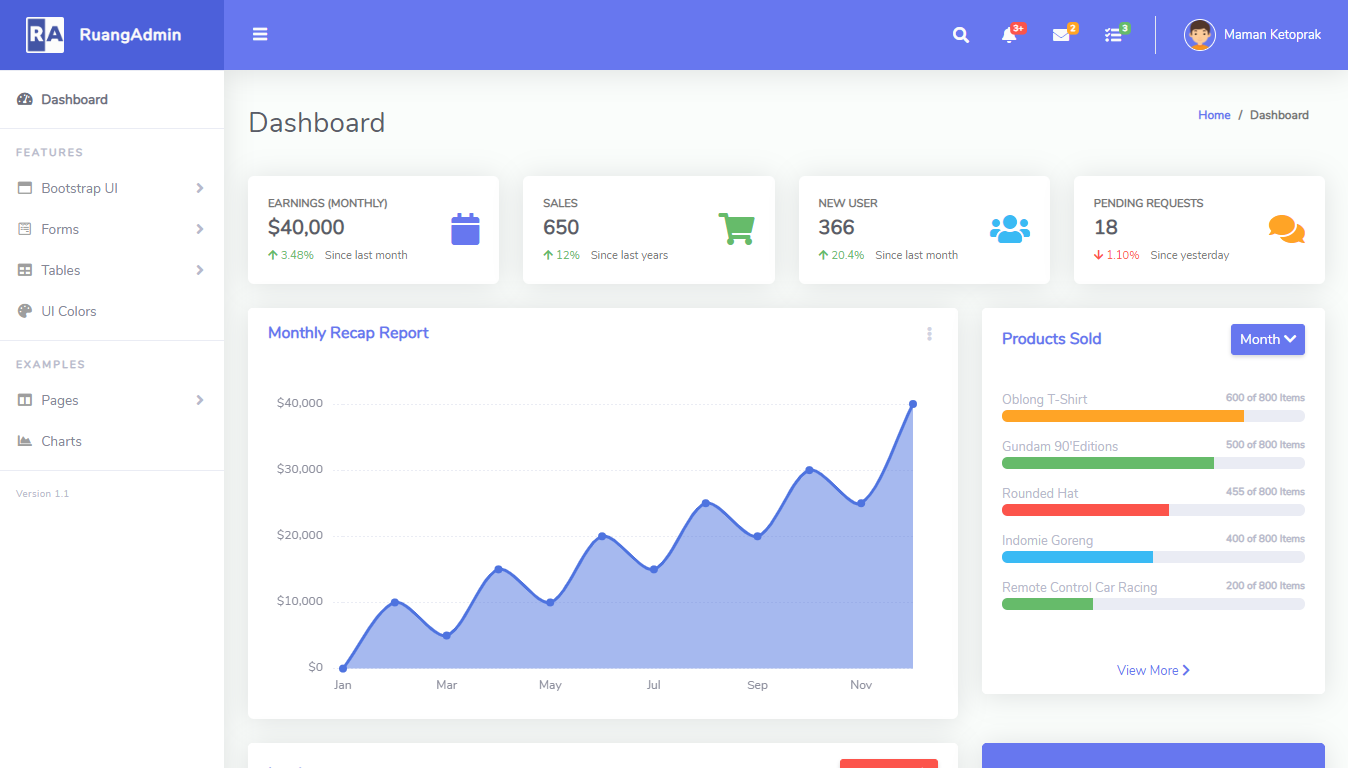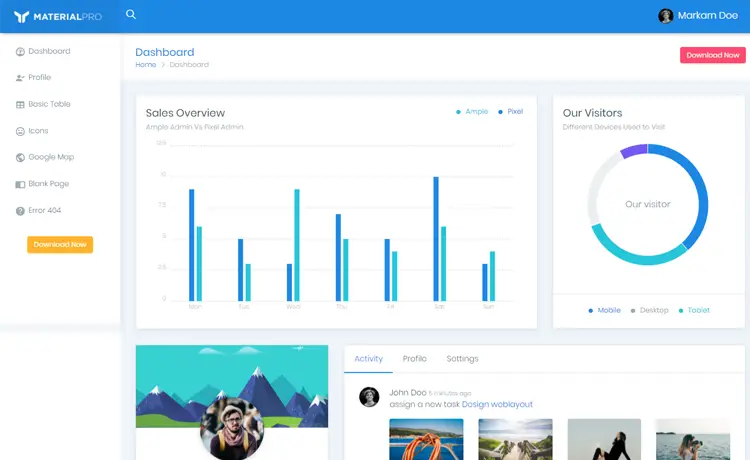In this guide, we’ll explore the crucial steps and tools you need to implement to protect your ASP.NET website from cyberattacks.
Why Website Security Matters
Website security isn’t just a technical concern it’s essential for maintaining your website’s integrity, reputation, and trustworthiness.
Here’s why securing your ASP.NET website is critical:
Protect Sensitive Data: Websites handle sensitive user information, including personal details, payment data, and login credentials.
Maintain User Trust: Users are more likely to engage with and trust a website that they know is secure.
Comply with Regulations: Many laws, such as GDPR, CCPA, and PCI-DSS, require websites to implement specific security measures to protect user data.
Prevent Downtime: Cyberattacks like Distributed Denial of Service (DDoS) can make your website unavailable, leading to lost revenue and reduced business productivity.
1. Use HTTPS with SSL/TLS
Secure communication between your website and its users is non-negotiable. HTTPS enabled by an SSL/TLS certificate encrypts data during transmission, preventing eavesdropping and man-in-the-middle attacks.
Steps to Enable HTTPS:
Obtain an SSL Certificate: Purchase one from a trusted Certificate Authority (CA) or use a free SSL certificate provider like Let’s Encrypt.
Install the SSL Certificate: Install the certificate on your web server (e.g., IIS, Apache).
Enforce HTTPS: Redirect all HTTP traffic to HTTPS to ensure secure connections.
Benefits:
Encrypts sensitive data during transmission.
Prevents man-in-the-middle attacks.
Boosts SEO rankings, as Google prioritizes HTTPS websites.
2. Regularly Update Your Software
Outdated software is a common entry point for cybercriminals, so it's essential to keep all components of your application up to date.
Key Areas to Update:
ASP.NET Framework/Core: Always use the latest stable version of ASP.NET.
Third-Party Libraries: Monitor dependencies using tools like NuGet or Dependabot to stay on top of library updates.
Server Software: Keep your web server (e.g., IIS) up to date with the latest security patches and updates.
3. Implement Strong Authentication and Authorization
Weak authentication systems can be a major vulnerability in your website’s security. Strengthening authentication and implementing proper authorization is crucial to securing your website.
Best Practices:
Enforce Strong Passwords: Use ASP.NET Core Identity to implement password policies that enforce strength requirements.
Enable Multi-Factor Authentication (MFA): Add a second layer of protection by requiring users to verify their identity through an additional method (e.g., email, SMS, or an app).
Role-Based Access Control (RBAC): Restrict access to sensitive areas of your website by assigning roles and permissions.
Example of Role-Based Authorization:
[Authorize(Roles = "Admin")]
public IActionResult AdminDashboard()
{
return View();
}4. Protect Against SQL Injection
SQL injection is one of the most common attacks where malicious SQL queries are executed against your database.
Preventive Measures:
Use Parameterized Queries:
using (var connection = new SqlConnection(connectionString))
{
var command = new SqlCommand("SELECT * FROM Users WHERE Username = @username", connection);
command.Parameters.AddWithValue("@username", username);
}Use ORMs like Entity Framework: ORM frameworks like Entity Framework automatically handle parameterized queries, reducing the risk of SQL injection.
Validate User Inputs: Sanitize and validate user inputs before processing them.
5. Secure Your APIs
APIs are often a primary target for cybercriminals, as they provide direct access to your application’s data.
Security Measures:
Use Authentication Tokens: Implement OAuth2.0 or JWT (JSON Web Tokens) for secure token-based authentication.
Rate Limiting: Implement rate limiting to restrict the number of API requests per user, reducing the risk of abuse.
Encrypt API Traffic: Use HTTPS for secure API communication, ensuring that data is encrypted in transit.
6. Protect Against Cross-Site Scripting (XSS)
XSS (Cross-Site Scripting) attacks occur when attackers inject malicious scripts into your web pages. To protect against XSS, sanitize user inputs and control which resources can be loaded.
Mitigation Techniques:
Output Encoding: Use the HtmlEncode method to encode user input before rendering it in the browser.
Content Security Policy (CSP): Set up a CSP header to control what resources can be loaded by your website.
Example CSP configuration in Startup.cs:
app.UseCsp(options => options
.DefaultSources(s => s.Self())
.Scripts(s => s.Self()));Use Web Application Firewalls (WAF)
A Web Application Firewall (WAF) protects your ASP.NET website by filtering and monitoring HTTP traffic between your web application and the internet. WAFs protect against common cyber threats such as SQL injection, XSS, and DDoS attacks.
Types of WAFs:
Cloud-Based WAF: Managed services like Cloudflare, AWS WAF, or Azure Application Gateway. Ideal for cloud-hosted applications.
Hardware-Based WAF: Deployed on-premises, offering high performance for local infrastructure.
Software-Based WAF: Deployed within the application environment, often used in microservices or containerized setups.
Benefits of Using a WAF:
Protection against OWASP Top 10 vulnerabilities.
Simplified compliance with regulations like PCI DSS, GDPR, and HIPAA.
Intuitive dashboards for easy management and monitoring.
8. Enable Logging and Monitoring
Monitoring your website’s activity and performance is crucial for detecting and responding to security incidents.
Tools for Monitoring:
Example of logging with Serilog:
var logger = LoggerFactory.Create(builder => builder.AddConsole()).CreateLogger<Program>();
logger.LogInformation("Application started.");9. Protect Your Database
Databases store sensitive information and are often a primary target for cyberattacks.
Security Measures:
Secure Database Credentials: Store sensitive credentials securely using Azure Key Vault or environment variables.
Enable Database Encryption: Use Transparent Data Encryption (TDE) for SQL Server to encrypt data at rest.
Restrict Database Access: Use IP whitelisting and role-based permissions to limit access to the database.
10. Conduct Regular Security Audits
Regular security audits are essential for identifying vulnerabilities before cybercriminals exploit them.
Tools for Audits:
11. Backup and Disaster Recovery
In an age of increasing cyber threats, data loss, and hardware failures, having a robust backup and disaster recovery plan is crucial. Hosting providers like ASPHostPortal offer reliable backup solutions to ensure your website remains resilient and secure.
Why Backup and Disaster Recovery Are Essential:
Safeguard Against Data Loss: Regular backups ensure you can restore your website’s data in case of hardware failure or cyberattack.
Minimize Downtime: Disaster recovery plans help you restore your website quickly, reducing the financial and reputational impact of downtime.
Compliance with Regulations: Many industries require secure backups to meet data protection regulations like GDPR, HIPAA, or PCI DSS.
Business Continuity: Backup and disaster recovery solutions ensure that your business can continue operations even in the event of unforeseen challenges.
Conclusion
Securing your ASP.NET website is not just about using a single tool or following a one-time checklist. It’s about adopting a holistic approach to security, regularly updating your software, and continuously monitoring for vulnerabilities. By following these best practices and implementing robust security measures, you can protect your website and its users from emerging threats and cyberattacks. Stay vigilant, stay updated, and ensure your website remains safe, trusted, and compliant with the latest security standards.





